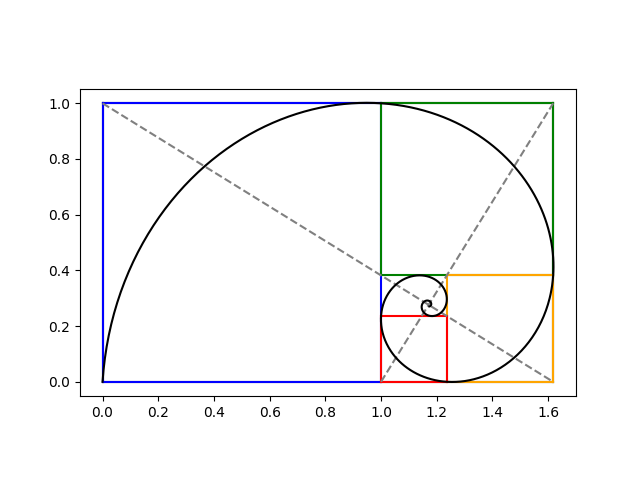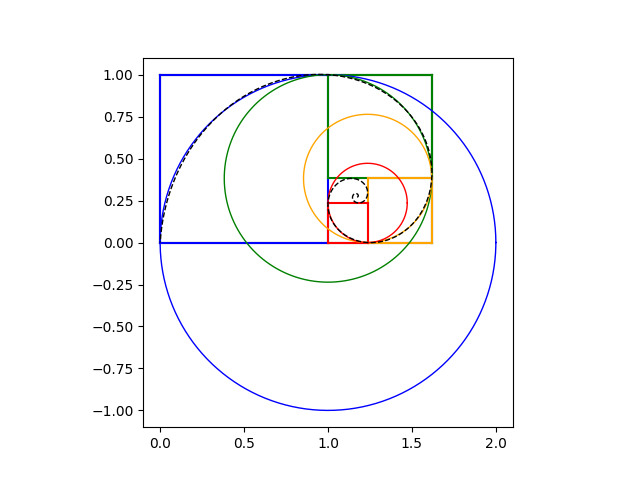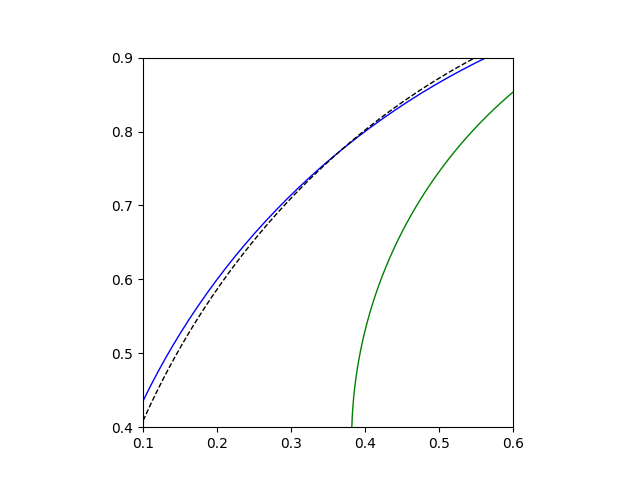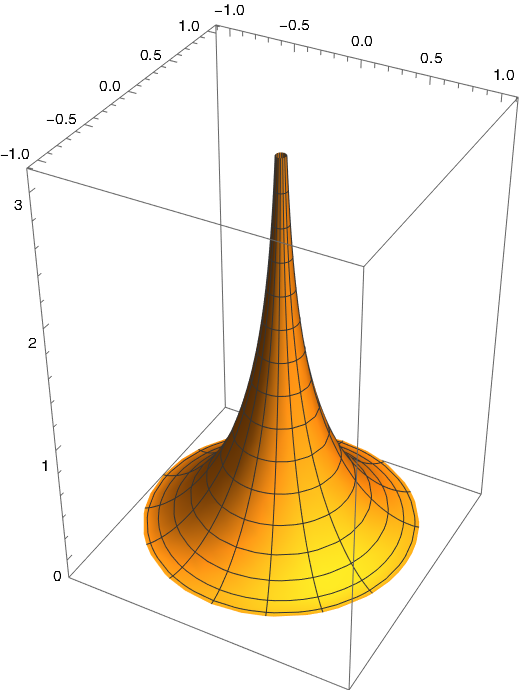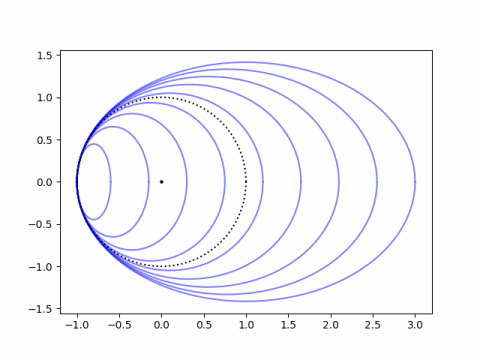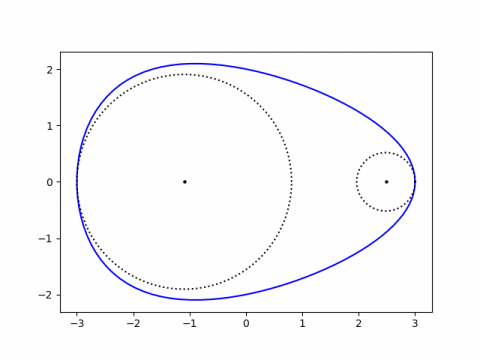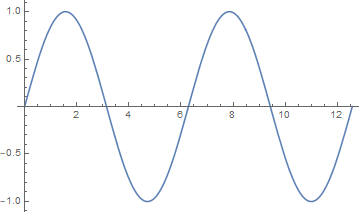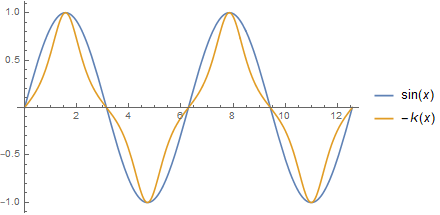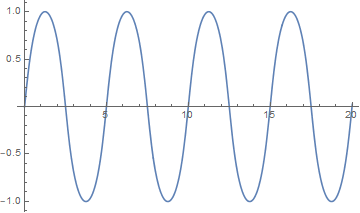A few days ago I wrote that the spherical counterpart of the Pythagorean theorem is
cos(c) = cos(a) cos(b)
where sides a and b are measured in radians. If we’re on a sphere of radius R and we measure the sides in terms of arc length rather than in radians, the formula becomes
cos(c/R) = cos(a/R) cos(b/R)
because an of length x has angular measure x/R.
How does this relate to the more familiar Pythagorean theorem on the plane? If a, b, and c are small relative to R, then the plane Pythagorean theorem holds approximately:
c² ≈ a² + b².
Unified Pythagorean Theorem
In this post I’ll present a version of the Pythagorean theorem that holds exactly on the sphere and the plane, and on a pseudosphere (hyperbolic space) as well. This is the Unified Pythagorean Theorem [1].
A sphere of radius R has curvature 1/R². A plane has curvature 0. A hyperbolic plane can have curvature k for any negative value of k.
Let A(r) be the area of a circle of radius r as measured on a surface of curvature k. Here area and radius are measured intrinsic to the surface. Then the Unified Pythagorean Theorem says
A(c) = A(a) + A(b) – k A(a) A(b) / 2π.
Plane
If k = 0, the final term on the right drops out, and we’re left with the ordinary Pythagorean theorem with both sides of the equation multiplied by π.
Sphere
On a sphere of radius R, the area of a circle of radius r is
A(r) = 2πR²(1 − cos(r/R)).
Note that for small x,
1 − cos(x) ≈ x²/2,
and so A(r) ≈ πr² when R ≫ r. (Notation explained here.)
When you substitute the above definition for A in the unified theorem and plug in k = 1/R² you get
cos(c/R) = cos(a/R) cos(b/R)
as before.
Pseudosphere
In a hyperbolic space of curvature k < 0, let R = 1/√(-k). Then the area of a circle of radius r is
A(r) = 2πR²(cosh(r/R) − 1)
As with the spherical case, this is approximately the plane area when R ≫ r because
cosh(x) − 1 ≈ x²/2
for small x. Substituting the definition of A for hyperbolic space into the Universal Pythagorean Theorem reduces to
cosh(c/R) = cosh(a/R) cosh(b/R),
which is the hyperbolic analog of the Pythagorean theorem. Note that this is the spherical Pythagorean theorem with cosines replaced with hyperbolic cosines.
[1] Michael P. Hitchman. Geometry with an Introduction to Cosmic Topology. Theorem 7.4.7. Available here.

